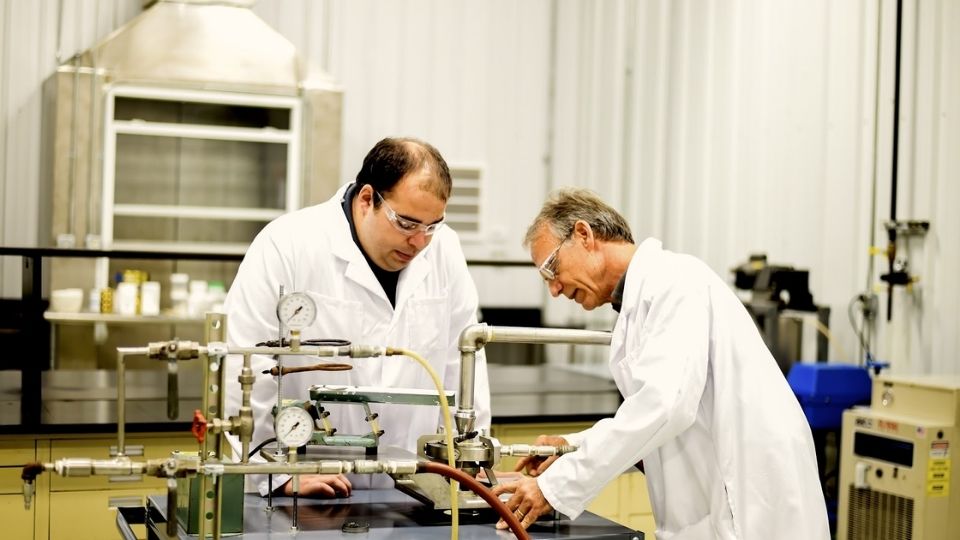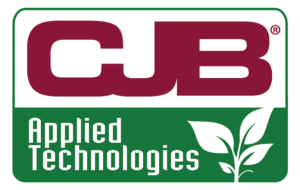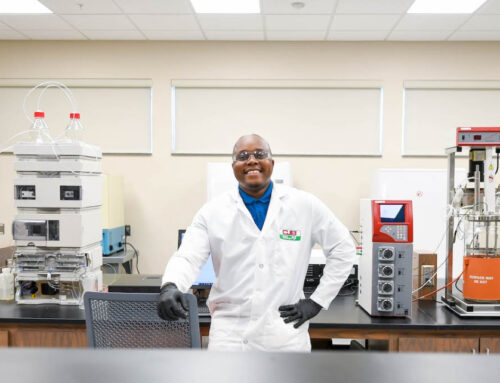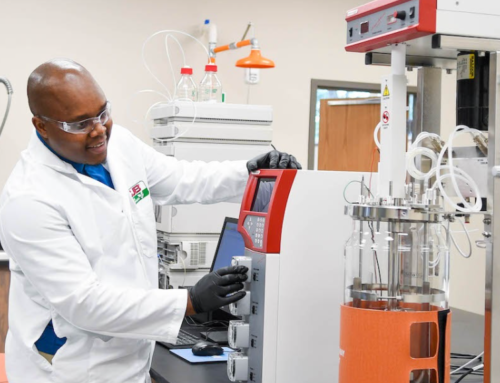Pilot batches are products made in small-scale reactors—which are much like the full-scale reactors. This is where lab-scale hypotheses are confirmed to reduce the risks associated with industrial-scale commitments. After the top formulation candidates are selected and successful batches of your chemical product are made in the lab, the next step is to produce pilot batches.
Making pilot batches allows for process or quality issues to be addressed in a timely manner without large quantities of the product being put at risk. A pilot batch also provides a solid indication of the cost of commercial production. However, final costs will be determined by the manufacturing organization.
Pilot production can also provide products for regulatory testing or an initial market launch before you commit to large-scale production and inventory.
With years of experience, little tolerance for error, and proper testing, your CDMO should be able to scale up your product from the lab bench to pilot plant production in-house.
PILOT EQUIPMENT
The CDMO should have a wide range of equipment in its pilot plants designed to match commercial production equipment as closely as possible. This simulation ensures a smooth transition from pilot-scale to full-scale production. Frequent experience taking products from pilot to full-scale production gives a CDMO expertise that it would take many decades to develop in a normal production environment.
Here are examples of pilot equipment that are typically required:
- Stainless steel vessels (heated and cooled)
- High shear mixers
- Horizontal media wet mills
- Homogenizers
- Dry blenders
- Impregnation sprayers
- Dry mills
- Granulators
If you are looking to make an EPA-regulated product, the pilot plant needs to be designed with those requirements in mind. If you are looking to create something entirely new, your CDMO may need to have space and flexibility to bring in temporary equipment to meet your specific needs.
The CDMO must verify cleanliness in the equipment by using chemical analysis. This is usually done by using gas chromatography (GC) and/or high-performance liquid chromatography (HPLC).
It should be apparent that your CDMO maintains its labs and pilot facilities to the highest quality and safety standards.

TOLERANCE OF ERROR
When a product transitions from a CDMO to large-scale production in an industrial scale plant, there’s little room for error. If something is not right at industrial scale, a lot of time, effort, supplies, and money go to waste.
The ability of the CDMO to make pilot batches gives the customer confidence that the product will be able to go through regulatory and marketing tests with ease and will be ideally suited for full-scale production.
TESTING
Your CDMO is often able to test for product performance and efficacy. Skill in this area allows for fixes and adjustments in the lab or pilot plant. The lab should be close by to enable tweaks to the formula if needed.
The CDMO may test for shelf life, composition/formula, and performance in order to maximize effectiveness before full-scale production.
READY FOR PRODUCTION
Once the pilot-scale production is complete, you will have some inventory of your new product for testing. Next, your CDMO should be able to produce a technology package for manufacturing, QC lab and operator training, and/or process optimization steps.






